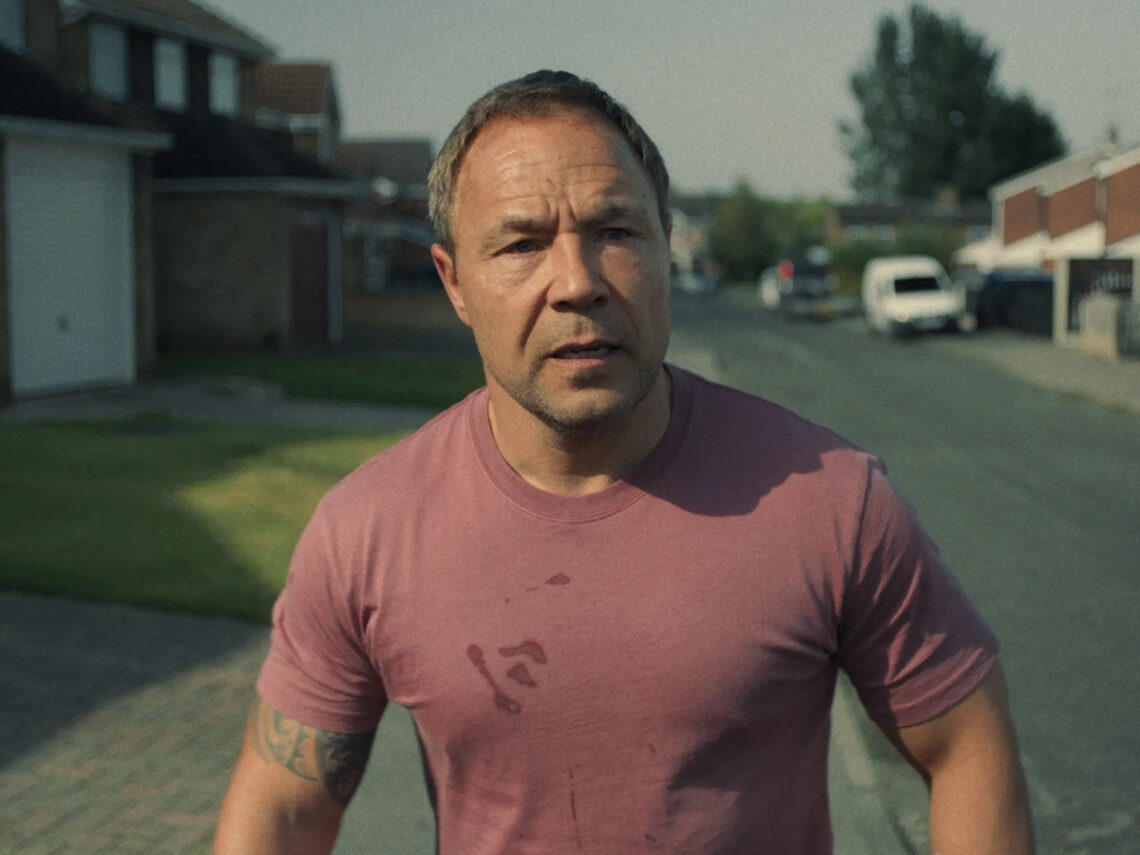
The four-episode format might be the best idea of Netflix yet
If you opened Netflix today and saw a four-episode show sitting quietly in the trending row, chances are you might skip it. Four episodes? Is it a short film? A docuseries? A pilot pack? It feels almost unfinished in a world where shows proudly boast ten-part arcs and multiple seasons. But lately, that quiet, compact structure might be Netflix’s smartest storytelling move.
Earlier this year, something unexpected happened. The most-watched Netflix series of the year so far was not a high-budget fantasy epic or a returning franchise. It was Adolescence, a small British crime drama told in just four episodes. No famous cast. No flashy marketing. But over 145million views later, it left everything else behind.
And it is not alone. More Netflix originals are leaning into this tight format. Dept. Q followed a similar model. A dark, gripping story done in four parts. The Pharmacist, though a documentary, kept its impact sharp across four episodes. Even Bodies, with its complex time-travel plot, felt strongest when it moved like a mini-novel.
There is something quietly brilliant about a story that fits in four precise chapters. You do not have time for filler. You do not meander. Every scene has a purpose. You start the show after dinner and finish it before bed, but it still feels like a full ride. Not a teaser. Not a summary. A complete arc.
That is what Adolescence pulled off. It dropped you straight into the life of a boy accused of murder, and with each episode shot in a single take, you could not look away. It did not have the luxury of dragging things out, and that turned out to be its strength.
In a landscape where more often means better, this format flips the equation. Audiences are tired. Not of watching shows, but of investing in ones that overpromise and underdeliver. We have all hit that third or fourth episode where we start wondering if the story is ever going to begin. Four-episode series never have that problem. They begin immediately because they have to.
What makes this shift even more interesting is that it is happening without much noise. Netflix is not advertising this as a new model. It is just letting the shows speak for themselves. And they are. Word of mouth is doing the rest.
The bingeability factor plays a big role, too. Watching a show in one evening that still feels like an event is a rare pleasure. It hits the sweet spot between a movie night and a series commitment. You do not need to carve out a weekend. You just need a couple of hours, and the payoff feels complete.
Even stylistically, this format seems to unlock creative risk. That single-take approach in Adolescence? Much harder to sustain across eight or ten episodes. But over four? Polished and powerful. The structure forces focus. And focus often leads to better television.
Of course, not every story can or should be told this way. But when done right, the four-episode mini-series offers a refreshing alternative to the bloated seasons we have come to expect. It respects the viewer’s time. It challenges creators to be intentional. And increasingly, it is producing some of Netflix’s most memorable content.
So maybe it is time to stop skipping past those four-episode shows. They might just be doing more with less and doing it better than anyone else right now.